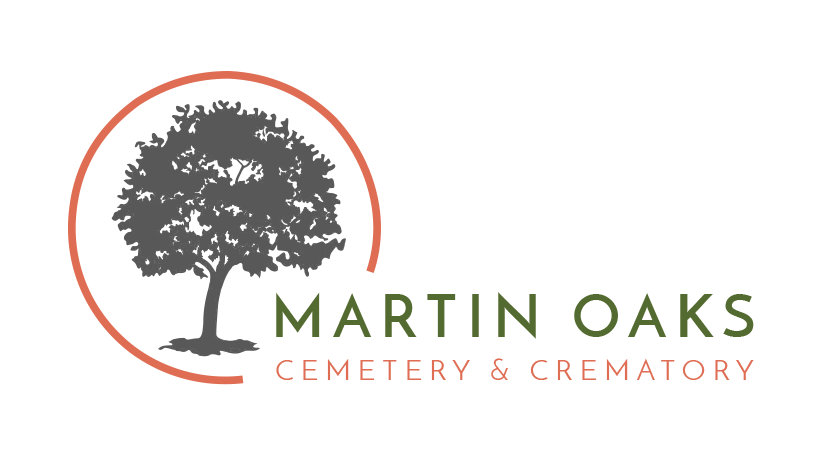The Rising Cremation Rate in Texas—A Shift in Funeral Traditions
In recent years, Texas has witnessed a significant rise in cremation rates, reflecting a broader shift in funeral traditions across North America. While burial was once the dominant choice for Texans, changing societal attitudes, economic considerations, and cultural adaptations have contributed to the increasing preference for cremation.
The Numbers Behind the Trend
According to the Cremation Association of North America (CANA), Texas’ cremation rate has steadily increased over the past two decades. In 2000, the cremation rate in the state was below 25%. By 2020, it had surpassed 50%, and projections indicate it will continue to rise. This upward trend aligns with national statistics, where cremation is now the most common choice for final disposition in the United States.
Factors Driving the Rise in Cremation
Several key factors have contributed to this growing shift:
1. Changing Religious and Cultural Perspectives
Historically, religious beliefs played a major role in funeral choices. However, as religious affiliations have evolved and become more diverse, so have attitudes toward cremation. Many Christian denominations, which once discouraged cremation, now accept it as a legitimate option. Additionally, Texas’ multicultural population, including growing Hispanic and Asian communities, has introduced different perspectives on end-of-life practices.
One of the most notable shifts is the rise in individuals identifying as non-religious. Studies indicate that as the percentage of people who identify as religiously unaffiliated grows, so does the preference for cremation. Without strict religious guidelines dictating burial, more people feel free to choose cremation as a practical, flexible, and often more affordable option. This cultural transformation has played a crucial role in the increasing acceptance of cremation throughout Texas and beyond.
2. Cost Considerations
One of the most significant reasons families choose cremation is the lower cost compared to traditional burials. The average cost of a funeral with burial in Texas can range between $7,000 and $12,000, whereas cremation typically costs between $2,000 and $5,000, depending on services chosen. With inflation and financial uncertainty impacting many families, cremation provides a more affordable alternative.
3. Environmental Considerations
With increasing awareness of environmental concerns, many Texans are opting for cremation over traditional burial, which often requires embalming chemicals, metal caskets, and land use for graves. Some families also choose eco-friendly cremation alternatives, such as bio-cremation (alkaline hydrolysis), which uses water-based processes instead of flame, reducing carbon emissions.
4. Greater Flexibility in Memorialization
Cremation offers families more flexibility in how they memorialize their loved ones. Instead of being limited to a cemetery burial, families can scatter ashes in meaningful locations, keep them in urns at home, or even incorporate them into jewelry, art, or biodegradable urns that grow into trees.
The Future of Cremation in Texas
The trend toward cremation is expected to continue, with projections suggesting cremation rates in Texas could reach 60-70% within the next decade. Funeral homes are adapting by offering more cremation-related services, such as personalized memorial ceremonies and digital tributes.
As Texans embrace these evolving funeral traditions, the industry is responding with innovative, meaningful ways to honor loved ones while accommodating the changing needs of modern families.
The rise in cremation rates in Texas reflects a broader shift in cultural, financial, and environmental priorities. Whether chosen for affordability, sustainability, or flexibility, cremation is becoming an increasingly preferred option for families across the Lone Star State. As traditions evolve, so do the ways we honor and remember those who have passed, ensuring that each farewell remains deeply personal and meaningful.

